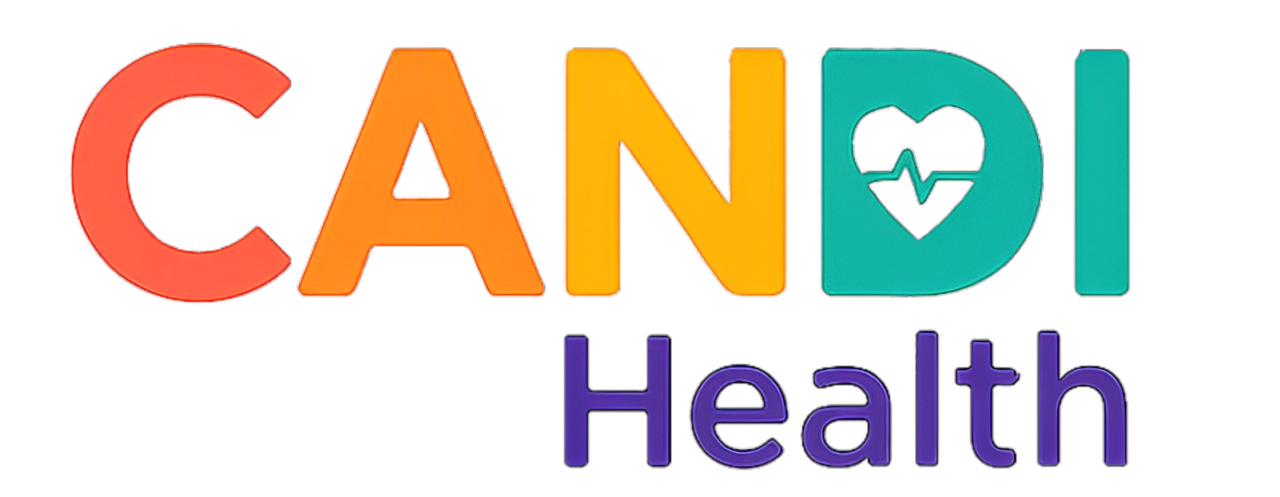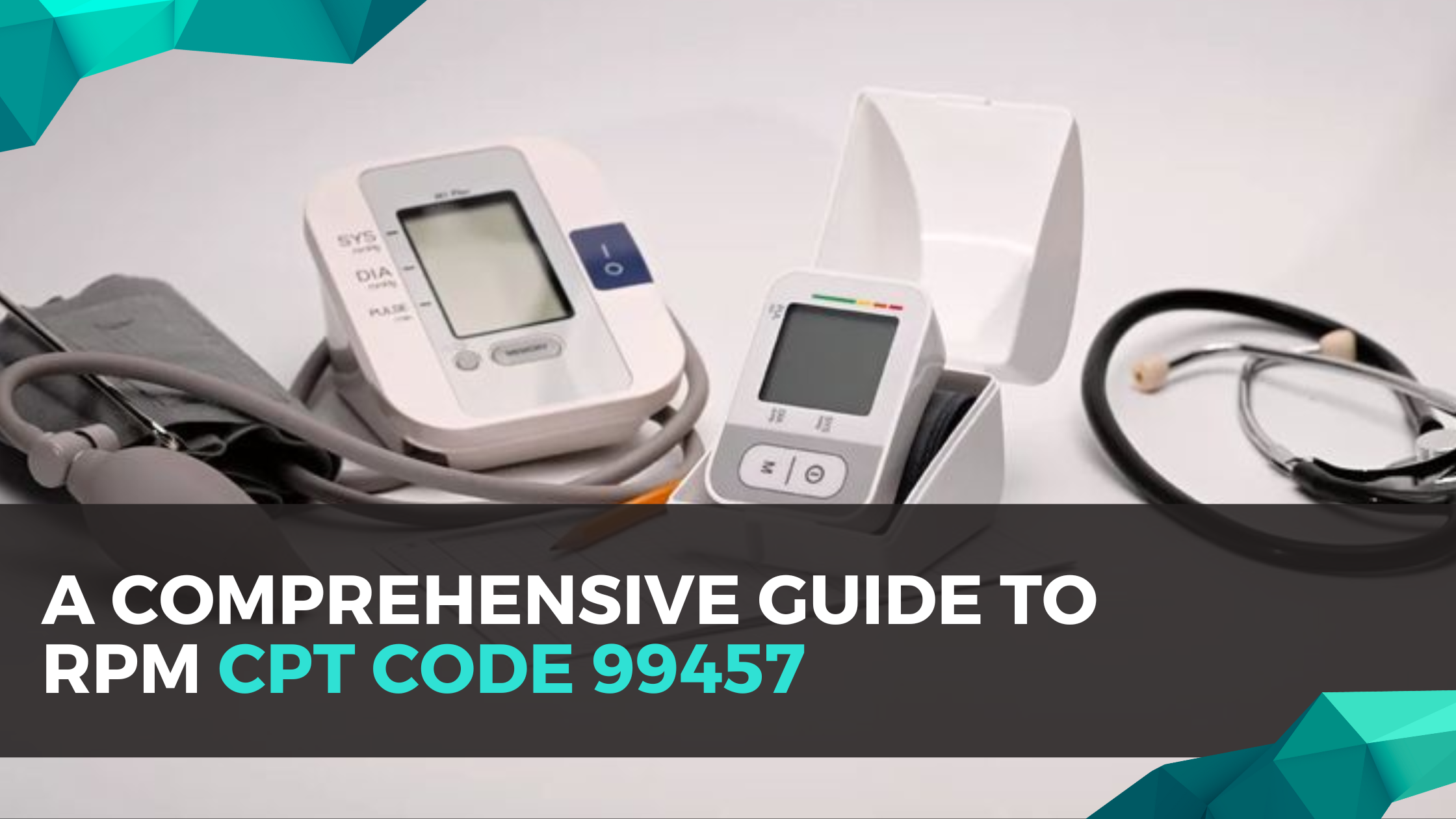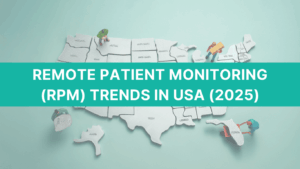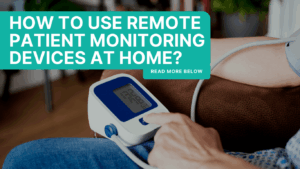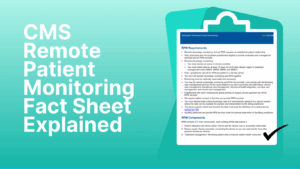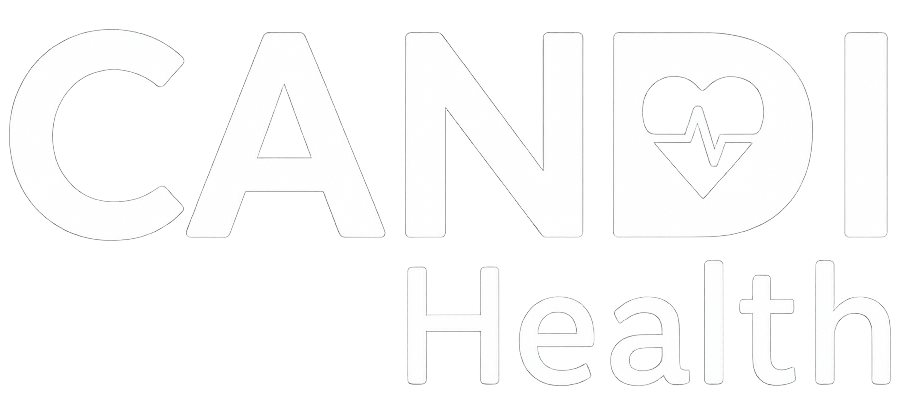Among the suite of RPM-related CPT codes, CPT Code 99457 plays a particularly important role. It reimburses healthcare providers for delivering treatment management services based on patient-generated health data, not just device setup or data transmission, but actual interaction with the patient that drives clinical decisions.
This guide is designed to help clinicians, billing staff, and practice managers fully understand how to correctly use, document, and get reimbursed for CPT code 99457. We’ll cover the code’s requirements, common billing mistakes, documentation tips, real-world examples, and how to integrate it successfully into your care workflows.
Let’s begin with a clear definition of what CPT 99457 actually covers.
Table of Contents
What is CPT Code 99457?
CPT Code 99457 is defined by the American Medical Association (AMA) as:
“Remote physiologic monitoring treatment management services, clinical staff/ physician/other qualified health care professional time in a calendar month requiring interactive communication with the patient/caregiver during the month: first 20 minutes.”
In practical terms, 99457 reimburses providers for using the data collected through RPM devices to actively manage a patient’s care. This is not simply about monitoring dashboards or reviewing numbers. It requires the care team to analyze the data, engage with the patient directly, and adjust treatment plans if necessary.
CPT Code 99457 Key Billing Requirements
To bill CPT 99457 accurately and compliantly, the following criteria must be met:
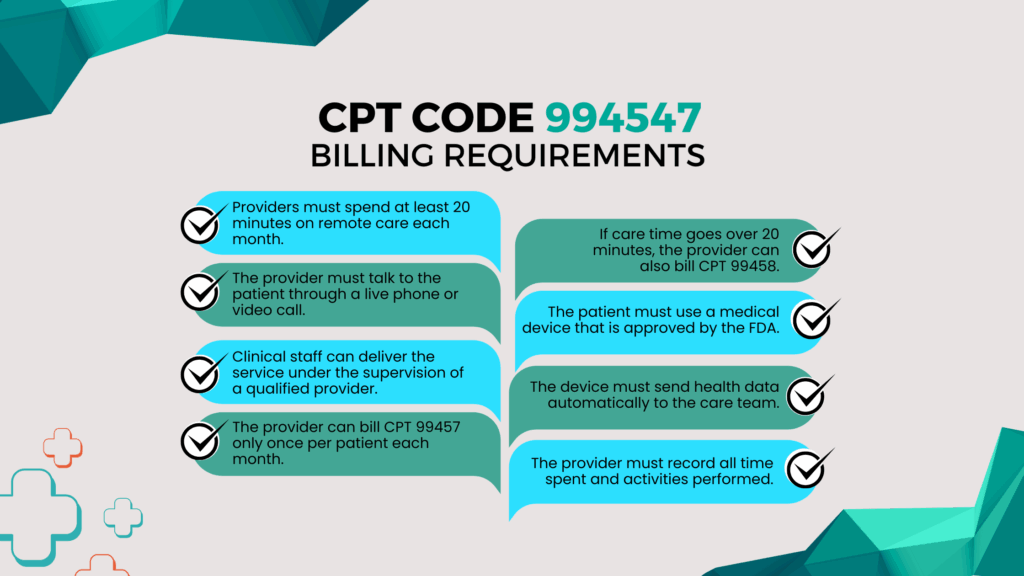
1. Service Frequency
CPT 99457 is billed once per calendar month per patient. The service is not dependent on billing other RPM codes like 99453 or 99454 in the same month. Additional time beyond the initial 20 minutes can be billed under CPT 99458.
2. Minimum 20 Minutes per Month
The total time spent delivering RPM treatment management services must be at least 20 minutes in a given calendar month. This includes reviewing data, assessing trends, and communicating with the patient. Time must be clearly documented and clinically relevant, involving review of patient data and care decisions.
3. Interactive Communication
There must be real-time, two-way interaction between the clinical team and the patient or their caregiver. Acceptable formats include telephone calls or audio-video conferencing. Asynchronous messaging (e.g., text or app chats) alone does not satisfy this requirement.
4. Eligible Billing Providers
The claim for CPT 99457 must be submitted by a physician, nurse practitioner, physician assistant, or other qualified healthcare professional authorized to perform E/M services.
The actual services may be delivered by clinical staff, such as registered nurses, licensed practical nurses, or medical assistants, operating under general supervision. General supervision means the billing provider must oversee the care but does not need to be present during service delivery.
5. Device and Data Requirements
While 99457 focuses on care management time, it is tied to a broader RPM program. The device used should:
- Meet the FDA definition of a medical device
- Be capable of wireless data transmission
- Transmit physiologic data that can be reviewed remotely
By fulfilling these requirements, practices can confidently bill CPT 99457 to support their RPM programs.
How much is CPT 99457 reimbursement?
CPT Code 99457 is reimbursed by Medicare as a monthly recurring code, provided all billing conditions are met. As of the most recent CMS Physician Fee Schedule, the national average Medicare reimbursement rate for CPT Code 99453 is $47.87 per patient per month.
How CPT 99457 Differs from Other RPM Codes
Each code within the RPM family serves a distinct purpose—confusing or misusing them can lead to denied claims, audits, or lost revenue. Below is a breakdown of how 99457 compares to related RPM codes.
| CPT Code | Description | Time Requirement | Billable Frequency |
| 99453 | Initial setup and patient education | None | Once per episode of care |
| 99454 | Device supply and data transmission | Requires 16+ days of data | Once per calendar month |
| 99457 | Treatment management with interactive communication | 20+ minutes/month + live interaction | Once per calendar month |
| 99458 | Covers each additional 20 minutes of management | Additional 20-minutes of management | As needed, with 99457 |
This structure helps practices understand the building blocks of RPM billing:
- 99453 and 99454 support the logistics and infrastructure (device, setup, data),
- 99457 and 99458 support ongoing clinical engagement and decision-making.
Best Practices for Implementing CPT Code 99457
Below are effective strategies that help practices maximize both patient outcomes and reimbursement.
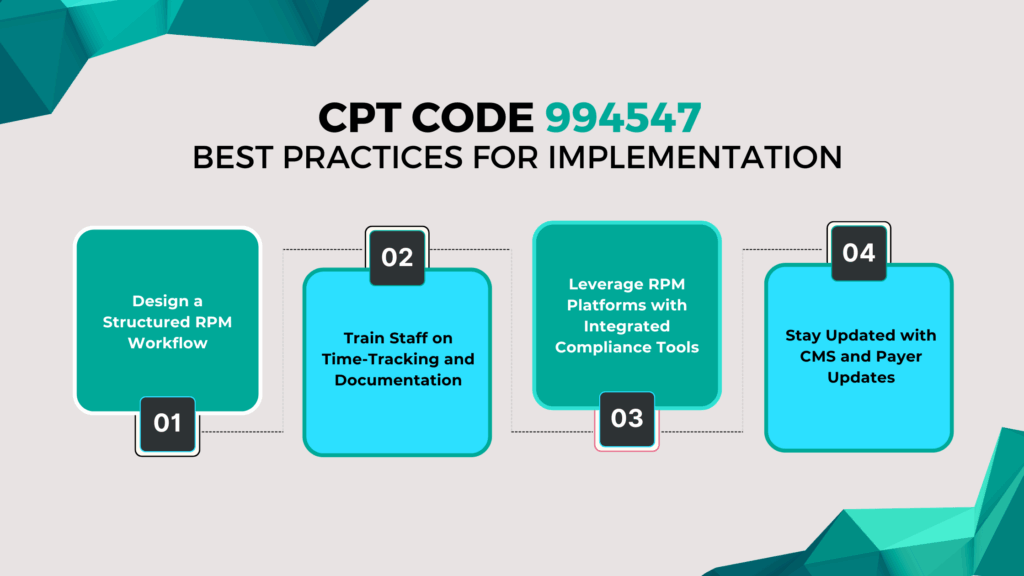
1. Design a Structured RPM Workflow
Start by mapping out a clear monthly workflow that defines when and how RPM activities occur. Break down tasks such as:
- Reviewing incoming data
- Identifying trends or alerts
- Documenting care interactions
- Tracking total time per patient
Use a digital tracking system or RPM platform like CandiHealth that timestamps all relevant activities to reduce manual entry and ensure clean billing logs.
2. Train Staff on Time-Tracking and Documentation
Clinical staff must be trained to:
- Log all eligible RPM activities (reviewing data, patient calls, care plan updates)
- Document the exact amount of time spent
- Record who provided the service and when
Include a checklist in your documentation template to ensure all billing components are satisfied.
3. Leverage RPM Platforms with Integrated Compliance Tools
Choose an RPM platform like CandiHealth that supports:
- Real-time data syncing from FDA-approved devices
- Automated time tracking for clinical staff activities
- Integration with your EHR or patient records
A compliant system reduces errors and helps staff focus on patient care rather than paperwork.
4. Stay Updated with CMS and Payer Updates
RPM guidelines evolve regularly. Make it a habit to:
- Review the CMS Physician Fee Schedule annually
- Monitor updates from your MAC and commercial payers
- Attend RPM or billing webinars
- Connect with your billing partner to review payer-specific policies
Final Thoughts
CPT 99457 enables providers to deliver and get reimbursed for real-time, data-informed care between visits. When used correctly, it supports better outcomes, reduces readmissions, and creates new revenue opportunities.
At CandiHealth, we make RPM simple, scalable, and compliant. Our platform automates tracking, supports proper documentation, and helps you bill codes like 99457 with confidence.
Ready to streamline your RPM program?
Contact us or schedule a demo to see how CandiHealth can support your clinical and billing workflows.
Related Articles
- RPM CPT Codes & Reimbursement Rates
- A Comprehensive Guide to RPM CPT Code 99453
- A Complete Guide to RPM CPT Code 99454
- Remote Patient Monitoring CPT Codes: Billing & Compliance Guide
Frequently Asked Questions (FAQs)
1. What is the difference between 99457 and 99454?
CPT 99454 covers the monthly device supply and data transmission for RPM, while CPT 99457 reimburses for 20+ minutes of clinical management with live patient interaction based on that data.
2. What is the difference between 99457 and 99458?
CPT 99457 covers the first 20 minutes of RPM treatment management per month with a live patient interaction. CPT 99458 is an add-on code for each additional 20 minutes of care management in the same month.
4. What is the purpose of CPT code 99454?
CPT 99454 is used to bill for remote monitoring devices that collect and transmit patient physiologic data for at least 16 days in a month. It supports the technical component of RPM programs.
